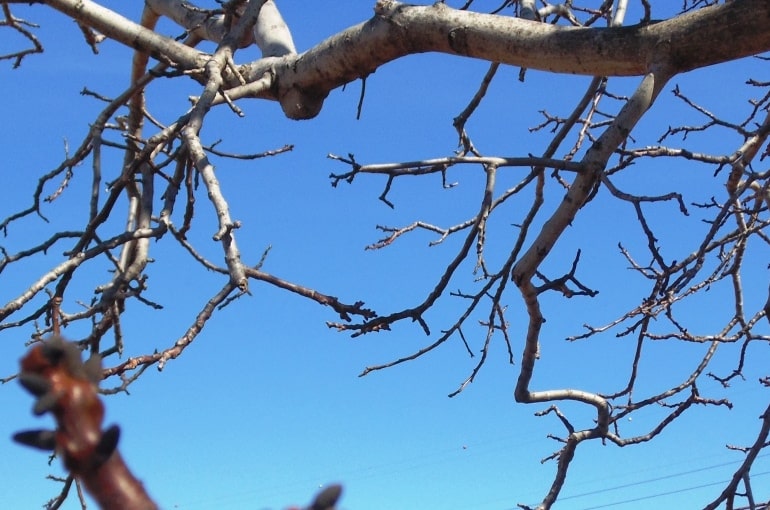Walnut Tree Climate Requirements

This post is also available in:
This post is also available in:
![]() Español (Spanish)
Español (Spanish) ![]() Français (French)
Français (French) ![]() Deutsch (German)
Deutsch (German) ![]() Nederlands (Dutch)
Nederlands (Dutch) ![]() العربية (Arabic)
العربية (Arabic) ![]() Türkçe (Turkish)
Türkçe (Turkish) ![]() 简体中文 (Chinese (Simplified))
简体中文 (Chinese (Simplified)) ![]() Italiano (Italian)
Italiano (Italian) ![]() Ελληνικά (Greek)
Ελληνικά (Greek) ![]() Português (Portuguese (Brazil))
Português (Portuguese (Brazil))
English and Black Walnut Tree Climate Conditions and Requirements
Walnuts are cultivated mostly in China, Iran, US, Turkey and Mexico. Black and English walnuts can grow throughout the United States and Southern Canada. However, major walnut commercial orchards are found mainly in California, but also in Illinois, Minnesota, Indiana, Missouri and Iowa.
In a few words, the most important enemy of English and black walnut trees is night frost during late spring or early fall. Areas with frequent night frosts during the spring should definitely be avoided. In general, walnut tree cannot tolerate very low and very high temperatures as well as very strong winds. High summer temperatures cause damage to the fruit and may result in the shrinking of nuts. Some small damage can occur roughly at 100°F (38°C), but greater damage occurs when temperatures greater than 108°F (42°C) on average persist. However, among the different varieties, there is a significant difference in terms of their tolerance to high temperatures. Most walnut varieties are sensitive to extremely low winter temperatures. When in dormancy, they can tolerate on average temperatures up to 14°F (-10°C) without suffering serious damage.
Each walnut variety has specific cold requirements in order to break the dormancy of the buds (cold requirements are measured in hours of exposure to temperature less than 45 °F or 7 °C). In general, walnut cold requirements range from 450 to 1500 hours, but most varieties have cold requirements ranging from 700 to 1000 hours. If these needs in cold are not satisfied, there will be a delay in bud formation, which will result in low fruit set and production.
Rainfalls during late spring (after leaf growth) have been reported to favor the spread of the bacterium Xanthomonas juglandis, which causes serious damage to trees. The spring frosts can often cause damage in the mountainous regions. If you plan to grow walnut trees in high altitude, you can select spots where cold air masses can escape easily, or use late varieties, which sprout well after the frosts. Cool riversides and seaside areas are often considered suitable for cultivating walnut trees. On the contrary, sites that are surrounded by hills, where cold air masses cannot escape easily and spots that are not protected against strong winds should be avoided.
You can enrich this article by leaving a comment or photo of your walnut orchard climate specifications.
2.) How to grow Walnut Tree from nuts
4.) Walnut Tree Climate Requirements
5.) Walnut Tree Soil Requirements & Preparation
6.) Walnut Tree Propagation & Pollination
7.) Planting Walnut Trees – Number of Walnut Trees per Acre
8.) Walnut Tree Pruning and Thinning
9.) Walnut Tree Water Requirements
10.) Walnut Tree Fertilizer Requirements
11.) Walnut Tree Harvest & Yields
12.) Walnut Tree Diseases & Pests
14.) Wholesale walnuts online – Current Walnut Prices
Do you have experience in Walnut Tree cultivation? Please share your experience, methods and practices in the comments below. All the content you add will be soon reviewed by our agronomists. Once approved, it will be added to Wikifarmer.com and it will influence positively thousands of new and experienced farmers across the world.








































































